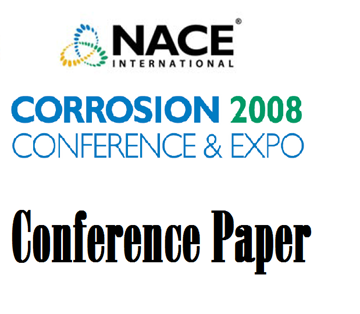Search
01077 IMPROVEMENT OF RESISTANCE TO SSC INITIATION AND PROPAGATION OF HIGH STRENGTH OCTG THROUGH MICROSTRUCTURE AND PRECIPITATION CONTROL
Also Purchased
97050 THE EFFECT OF MICROSTRUCTURE ON SSC RESISTANCE OF LOW ALLOY CARBON STEELS
Product Number:
51300-97050-SG
ISBN:
97050 1997 CP
$20.00
01083 H2S and CO2 CORROSION OF SOME 9Cr-lMo ALLOYS FOR DOWNHOLE APPLICATIONS
Product Number:
51300-01083-SG
ISBN:
01083 2001 CP
$20.00
08115 Development of a C125 High Strength Low Alloy Steel for OCTG: SSC Mapping in Slightly Sour Environment
Product Number:
51300-08115-SG
ISBN:
08115 2008 CP
Publication Date:
2008
$20.00




